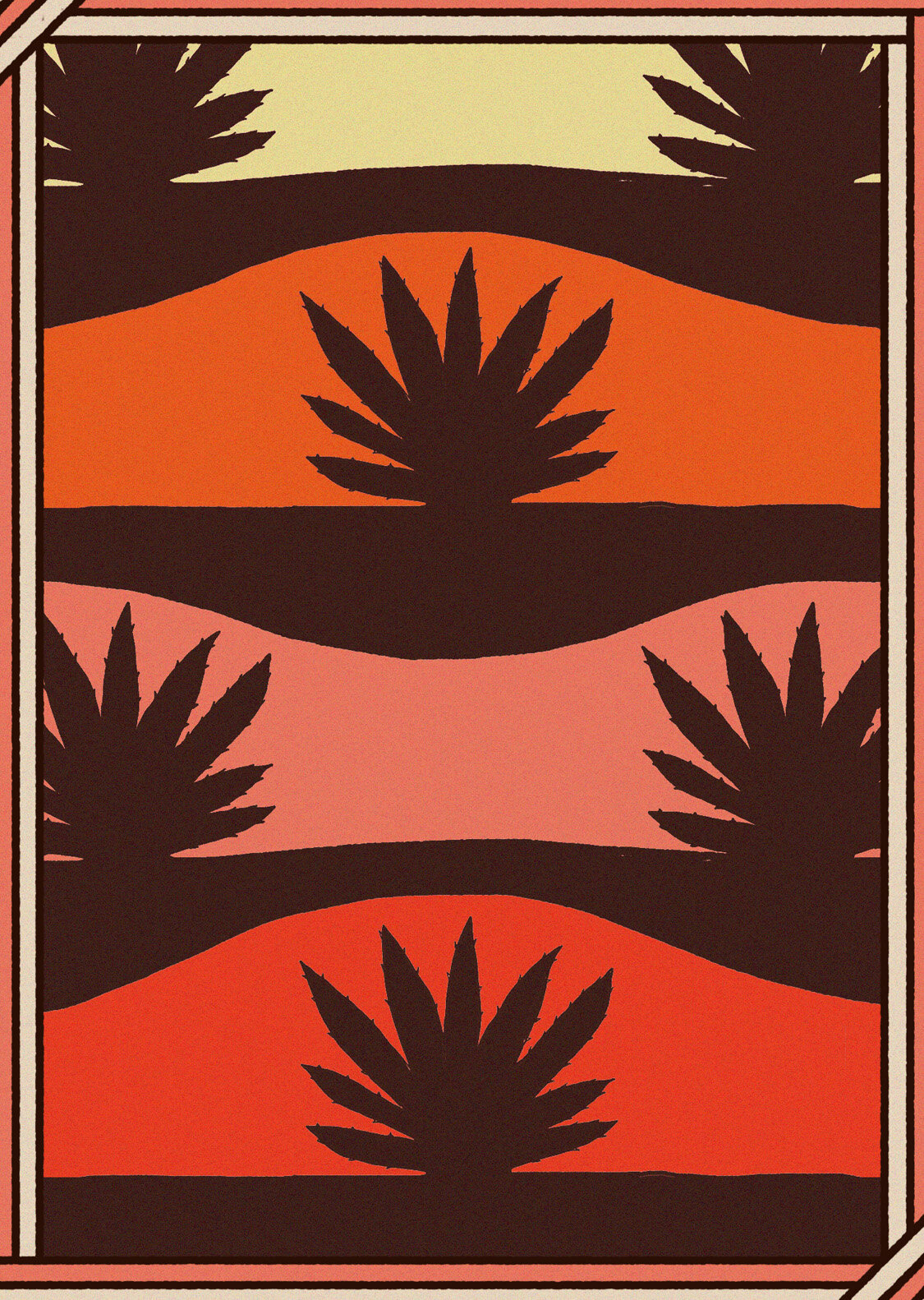Hola amigos! Welcome to the clerb!
We are so excited to have you along on this journey with us. We have loved Mezcal for many years now, and it’s truly one of those things that once you get into it, you’re quick to drink the agave kool-aid, and want to share in the wonder with anyone who’ll clink a copita with you.
It truly is a beautiful spirit. One that is steeped in tradition, has medicinal value, mythical value, and truly sustainable value to the families and regions that have produced this beguiling elixir for generations.
We are treating Mission Mezcal Club like a 101 course. We are by no means as learned as the palenqueros who put their hands on the earth to make this precious spirit. So we’re starting with the basics. Like what is a “palenquero?”
We want to get everyone a base vocabulary to start, then evolve your understanding and your palates along the way. There’s so much to know, but as is is best with Mezcal, so it will be with Mission Mezcal Club: It’s best to sip, not guzzle.
What is Mezcal?
A lot of people ask us, “What’s the difference between Mezcal and Tequila?” Here’s a simple but complex answer: All Tequila is Mezcal, but not all Mezcal is Tequila.
The word “Mezcal” itself is derived from the Nahuatl (nah-waddle) words “Metl” and “Ixcalli”, translating to “oven-cooked agave.” Nahuatl is an Aztec language that is still spoken today in central Mexico, but is as ancient as meso-America and Mezcal itself. Meaning Mezcal is a broad category of agave spirits, and Tequila is just one type of Mezcal. Make sense?
Tequila in fact is made from only one type of plant: Blue Weber Agave. Mezcal can be made from many different types of agave, and we’ll be exploring many of those varieties throughout our time together.
A lot of people just refer to Mezcal as “smokey tequila,” and that’s a rough place to start, but let’s pick that apart a bit. Tequila is “oven-cooked-agave,” as the definition requires, but the oven involved is a large scale appliance called an autoclave. For Mezcal, the process is more traditional—ancestral even—and the oven involved is a conical pit dug into the earth. That pit is then strategically stacked with stones, wood, and the agave itself, then covered with earth and left to roast for several days. This does indeed impart a smokey flavor, but in an extreme commercialized example, it’s the difference between boil in a bag rice, and your grandma’s risotto. While both serve a purpose—and it’s not to say I haven’t had boil in a bag rice that’s gotten the job done—there’s just so much more flavor extracted from that low and slow method.
There are many other differences that set the two spirits apart, but instead of addressing them all up front, we’ll take them in turn as they relate to the actual Mezcals we’re discussing.
Sip, not guzzle.
Good advice for life in general, but especially with Mezcal. One of the more popular brands of Mezcal out there that many of you may have seen on bar shelves is called Del Maguey. In their distinct green bottles with their bold, colorful labels designed by co-founder Ron Cooper, they specifically implore you: “SIP IT. DON’T SHOOT IT.” This isn’t spring break in Cancun, ripping shots of Cuervo out of a stranger’s belly button. (ahh, remember pre-Covid times?) This is a product that was produced with great care, and should be savored, and appreciated. Not to mention Mezcals aren’t watered down to meet the standard 40% ABV we’re used to here in the States. Mezcal is often full strength, and can hit high notes of up to 60% ABV or more. Taking a shot of that might literally put a hole in your chest. That’s why Mezcal is traditionally served in little cups, or “copitas,” designed for sipping.
For those of you who got our gift set, you received one of the sexy ceramic copitas our friend Domenic Frunzi made exclusively for MMC. Those of you who joined the club without the set received one of two types of vessels to sip along with us. One is a Jicara, (HEE-kah-rah) that is literally a dried gourd. The other is a Veladora (vay-lah-DOH-rah), or literally, a candle holder. They’re little fluted glasses that are the size of a shot glass, but have a little cross on the bottom. This is a nod to the olden days before the advent of major glass production, when people would actually steal the votives from churches to use as shot glasses. A grave sin indeed. ;)
My fingers just want to keep typing out each related topic as it comes stream-of-consciousness style to my brain, but I’m going to let you sip on this for a minute before we delve into our next topic: The Mezcal!
Thanks for coming to my TED talk. Salud amigos.
MMC


